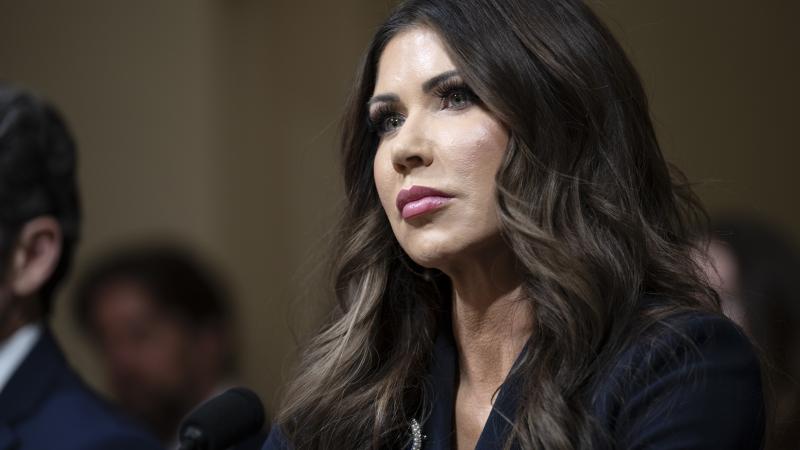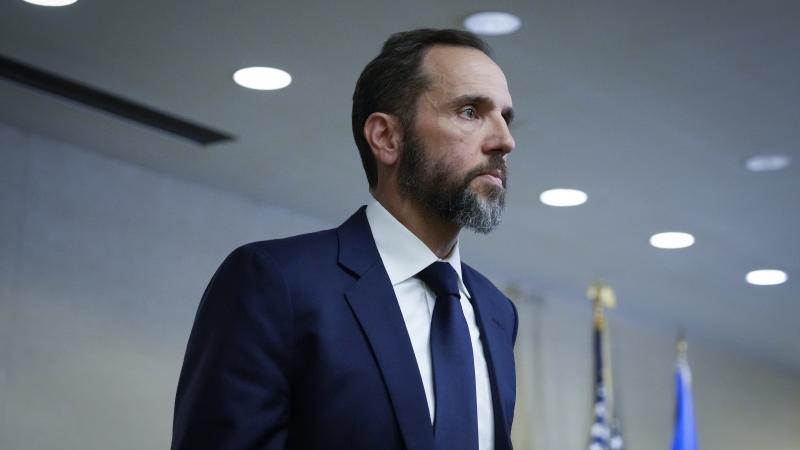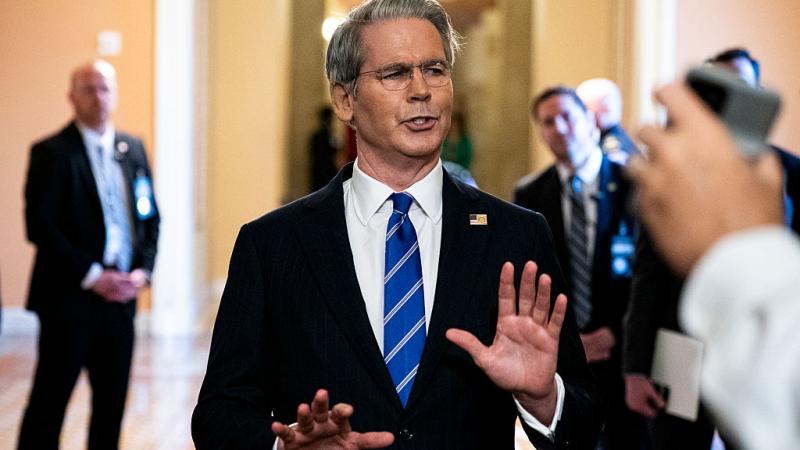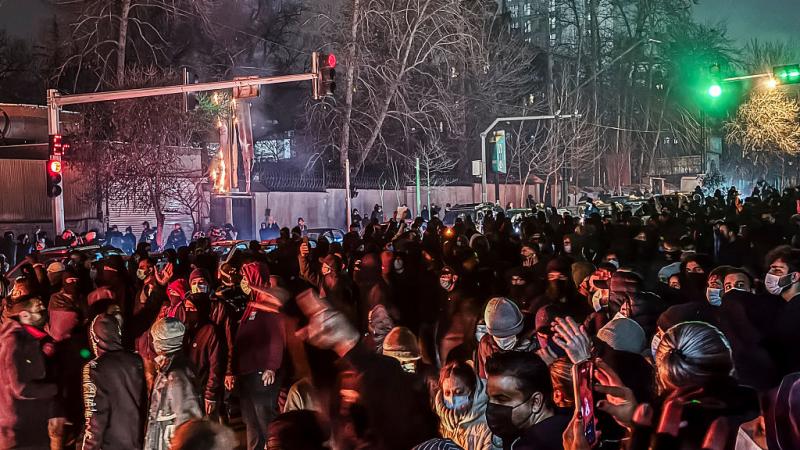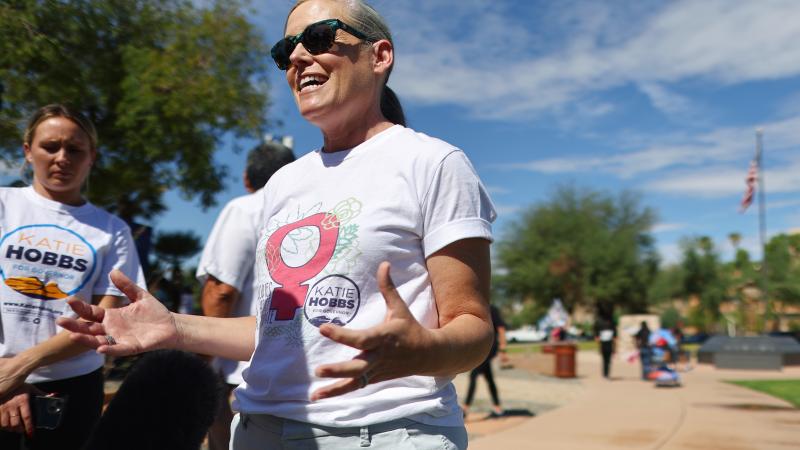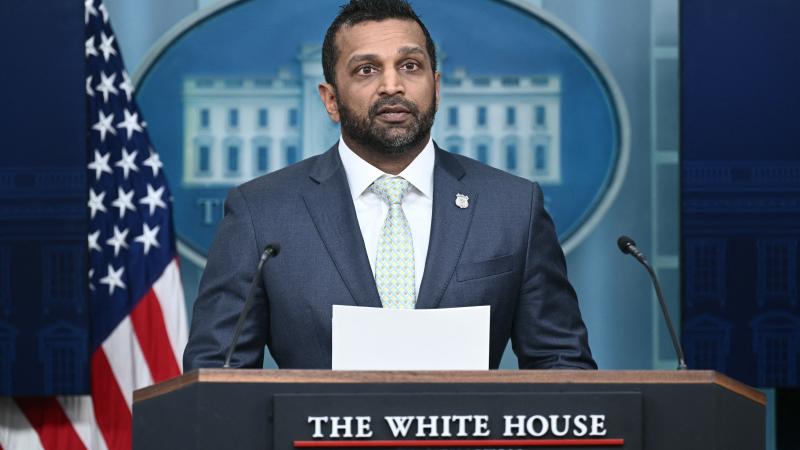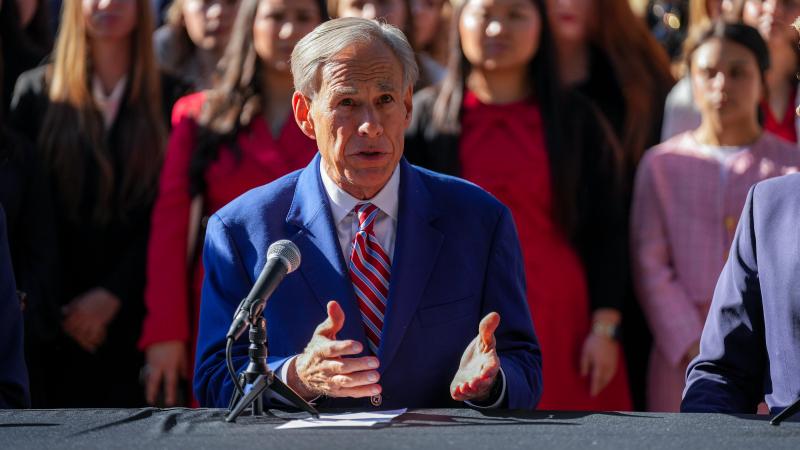Pandemic rollercoaster

What the cycles of COVID optimism and pessimism could mean for our personal, community, and national futures.
Full transcript:
Scott Rasmussen 0:09
Good morning, Scott Rasmussen here. Welcome to my podcast. Scott Rasmussen's Number of the Day. The pandemic, the coronavirus, threat and everything associated with it. The lockdowns, the economic crisis, the ongoing health briefings, the disputes about whether to wear mask or not, all of these things have really put America on an emotional roller coaster. You know, I experienced it by being in New York that at first it was, you know, okay, we can hunker down and get through this for a couple of weeks. And then you began to say, it's weird that there's no cars on the streets and then you saw businesses in our neighborhood boarding up. And then one day the Apple Store un boarded and I could see glass again and it looked like the Apple Store. And I was like, so excited because the Apple Store took its boarding down and it kind of gave me a sense of just how much our expectations have shifted. The number today that we're going to focus on is 64. And it's going to help us look at this emotional rollercoaster that America has been on. The numbers stands for the fact that 64% of voters now believe the worst of the pandemic is still to come. That's the highest number we've ever recorded. It's higher than it was in late March and early April. And I'm gonna talk about why that might be in the B block and also take a look at some of the breakdowns. But it's a sense that what's going on is deeper than just the economic or health threats. It is a deeper concern about the impact these last few months are having on our personal, our community and our national future. So I'll be back in a moment with that. But in the meantime, I hope you'll share this podcast with your friends. And of course, I hope you'll subscribe to Scott Rasmussen's Number of the Day. You can find it at iTunes or where Wherever you get your favorite podcast, you can also find it from my friends at Just the News.com.
Scott Rasmussen 2:11
Welcome back to Scott Rasmussen's Number of the Day. I'm Scott. And the number today is 64. 64% of voters nationwide believe that the worst of the pandemic is still to come. That's the most pessimistic the nation has been since the beginning back in in late March, and in early April, back when we didn't think this would last as long as it has. I found that 60% said the worst was still to come. And that number kind of fell on a pretty regular basis. In fact, just a couple of weeks ago, in early June, earlier this month, we had this real sense that optimism was growing, things were reopening things were returning maybe not to normal, but to something closer to normal than we'd been experiencing. And by then, the number of people who thought the worst was behind us had grown... it was almost going to catch up to the number who said no there's still worse to come. But in the last two weeks, pessimism has really grown. And look, from the very beginning, Republicans have been more optimistic about, you know, what the future would look like. And about, you know, whether it was the economic front or the idea of getting back to work and reopening, but even right now, a majority of Republicans are saying no, the worst is still to come. The numbers are very bleak. And it's kind of surprising to think what what has happened in the last couple of weeks that changed us from a trajectory where people were getting a little bit more optimistic and thinking we were finally getting through this to the state we're in today. Now part of it bluntly, is it wasn't always a straight upward trajectory. It wasn't like we went from the beginning of this until early June and every week things got a little more optimistic. It's always been a little bit of a roller coaster depending on the news cycle and what's happening.
Scott Rasmussen 4:03
And it's also true there have been a lot of news stories out saying that the, you know, the number of cases found in some states is increasing. Some people believe this is a big concern. Others are saying it's not because the number of deaths aren't increasing the hospitalization crisis isn't reemerging. But you know, I think that plays part of it. That news cycle, that constant drumbeat of wow, more today more today. It reminds me a little bit in you know, from a long, long time ago, when Ronald Reagan was running against Jimmy Carter, and every night on TV, they would say, you know, day 322 of the Iranian hostage crisis, it was just a daily drumbeat that was, was really hard on the Carter campaign, and gave a sense that the country was in trouble and couldn't figure out a way out. But I think something else is going on here at the moment. Certainly the news stories are part of it. Certainly. The fact that it's lasted longer than we expected as a part of it, you know, and in late March, most Americans thought this would be all over by Memorial Day. What I think is happening now isn't directly tied to the, to the health care issue, or even to the economic crisis, they certainly play a role. But you know, most people still tend to believe that a year from today, we may not be back to where we were but but things will be back to more of a normal pace that you know, we're not looking at a depression the way my grandparents went through in the 1930s. Instead, we're looking at something that has been a horrible shock to the system, and we'll get out of it. But what people are now beginning to realize is just how big that shock to the system is.
Scott Rasmussen 5:47
We're no longer in a place where you can just hunker down and wait out a couple of weeks and then pretend things go back to normal. A lot of people that I know in New York City have already left others are leaving some will come back, some won't. Younger people who had worked here in some of the industries hoping to become the next star, or who knows what, you know, they're gone. The waitresses and bartenders can't hang on through all of this. Musicians can't hang on. And a lot of professionals are saying, Why am I putting up with this? I mean, look, if you're going to live in New York City, and you can't go to restaurants and there's no shows, why would you pay this higher rent? Just go somewhere else. And I think, you know, it's obviously different in different parts of the country. But there's a recognition that we are now in a situation where we have to make long term adjustments to our plans. We're no longer in a case where it's grin and bear it and while you get out to the drugstore or the grocery store once a week and you shelter in place, and you just can't wait for it to be over. No. People are making plans to change what's coming next. And so are institutions You know, and colleges are wrestling with questions about, wow, students don't want to pay as much for the virtual classes. So how do we keep paying the professors and all sorts of things? And I believe that that's what's the increase of pessimism is it's that weariness. It's that sense of, okay, we have gone through this for a long time. Now, the end really isn't in sight. And even if the worst of the healthcare crisis isn't still to come, even if we don't have a second wave, people are saying there's going to be aftershocks, there are going to be economic aftershocks. I mean, what's the airline industry going to be like over the next year or two? When is it that people are going to feel safe routinely getting on planes?
Scott Rasmussen 7:47
We're a long way from normal. And so what that has done is I think it kind of was a little bit of what would I say... a shock treatment or you know, kind of a slap in the face type of thing where people were starting to feel good, people were starting to feel a little better, yes, we're getting through this, the Apple Store on boarded whatever was in your neighborhood you were starting to feel good about. And then you begin to think that's really not all that big a deal. And as a result, we're now beginning to grapple with the fact this is going to be with us a very long time, not just the pandemic, not just the economic short term impacts, but the restructuring of American society. I'm going to be back with some closing thoughts in the C block. Once again, I want to remind everybody that any of the polling data that I talked about, you can find at my website at ScottRasmussen.com the cross tabs, are there information about the surveys or their ballotpedia.com publishes my number the day each day each morning on their website. And we do some other polling with Just the news.com that comes out every day about 2pm Eastern, so check all of those sources out but if you want to go right to the numbers go to ScottRasmussen.com. And in while you're waiting for the C block, take a moment to subscribe to Scott Rasmussen's Number of the Day.
Scott Rasmussen 9:14
Welcome back to Scott Rasmussen's Number of the Day. I'm Scott, the number today is 64. 64% of voters nationwide, say that the worst of the pandemic is still to come. That's kind of a depressing number. It is the most pessimistic assessment we've ever found. It's more pessimistic than in those early days and early weeks of the pandemic. And it's an especially sharp reversal from earlier in June. But earlier in June, by the first weekend of June, Americans were feeling more optimistic that the worst was behind us than they have all year. Now completely reversed. To put it in perspective, that to remind everybody that we're all experiencing this a little differently. I want to go back to a demographic I mentioned yesterday, the difference between people who are out working with customers and colleagues and seeing other people in person, and those who are working at home or on a computer, on a screen, and they're not seeing anybody in person. What among that first group of people who are out actually working with customers and with coworkers 27% think the worst is behind us. Now, you know, that's not like a great number. But it's much more optimistic than the people who are working at home and not seeing people, only 11% of them think the worst is behind us. And this is going to be an important distinction to watch. As more and more people get back to work. We're going to be watching this trend as more businesses open and people begin to have that in person interaction. Is that going to make people more positive about where we're going? Or is it going to raise new concerns? You know, I wish I knew the answer. But the short answer is that's why we do the polls. I'll be back tomorrow morning 8am. Eastern with a new version of Scott Rasmussen's Number of the Day. Look forward to chatting with you then. Have a great day.


